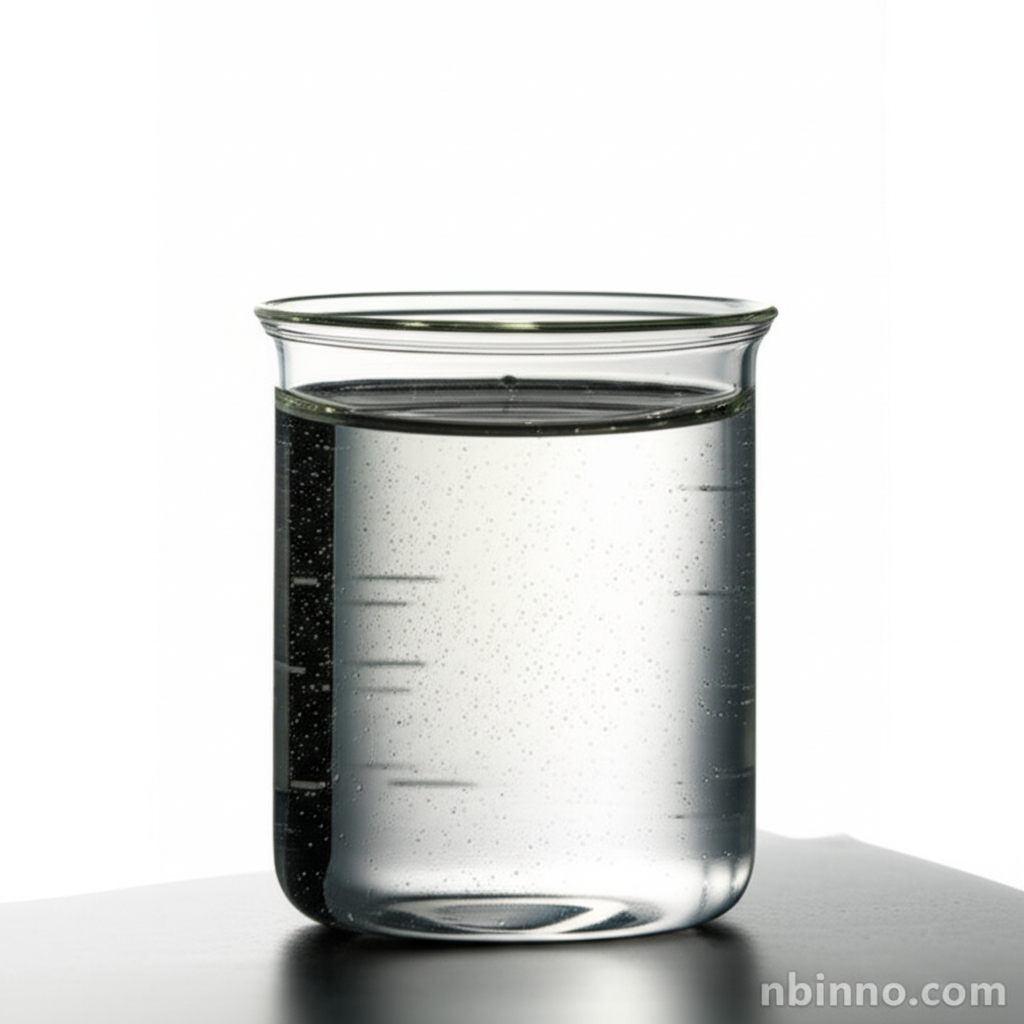Formic Acid: A Versatile Organic Chemical for Leather, Textile, and Rubber Industries
Discover the extensive applications and essential properties of Formic Acid in modern industrial processes.
Get a Quote & SampleProduct Core Value

Formic Acid
Formic Acid, also known as methanoic acid, is the simplest carboxylic acid with the chemical formula CH2O2. Its unique properties make it indispensable across various sectors, particularly in leather processing, textile dyeing, and rubber manufacturing. It serves as a crucial component for pH adjustment, acting as a neutralizer and ensuring optimal conditions for tanning agents and dyes.
- Formic acid for leather tanning processes enhances the overall quality and durability of finished leather products.
- Utilized in textile dyeing, it aids in dye penetration and fixation, leading to vibrant and consistent coloration.
- As a rubber industry coagulant, it plays a key role in natural rubber processing.
- Its function as a general organic acid for leather processing contributes to improved texture and strength.
Benefits of Formic Acid
Enhanced Leather Durability
The strategic use of CAS 64-18-6 applications in leather tanning helps in fortifying the hide structure, leading to increased resistance against wear and tear.
Improved Dyeing Effects
In textiles, formic acid acts as a vital mordant and dyeing agent, ensuring deeper color penetration and better fastness, contributing to superior textile finishes.
Effective pH Control
The ability of formic acid to precisely adjust pH levels is critical for many chemical reactions in industrial applications, ensuring process stability and product quality.
Key Applications
Leather Industry
Formic acid is essential in leather tanning as a tanning agent, deashing agent, and neutralizer, improving leather toughness and softness.
Textile Industry
Used in printing and dyeing, it acts as a mordant and treatment agent, enhancing fiber and paper properties.
Rubber Industry
It functions as a natural rubber coagulant, a critical step in rubber production processes.
Chemical Synthesis
Serves as a key intermediate in the production of various organic chemicals like calcium formate and dimethylformamide.
